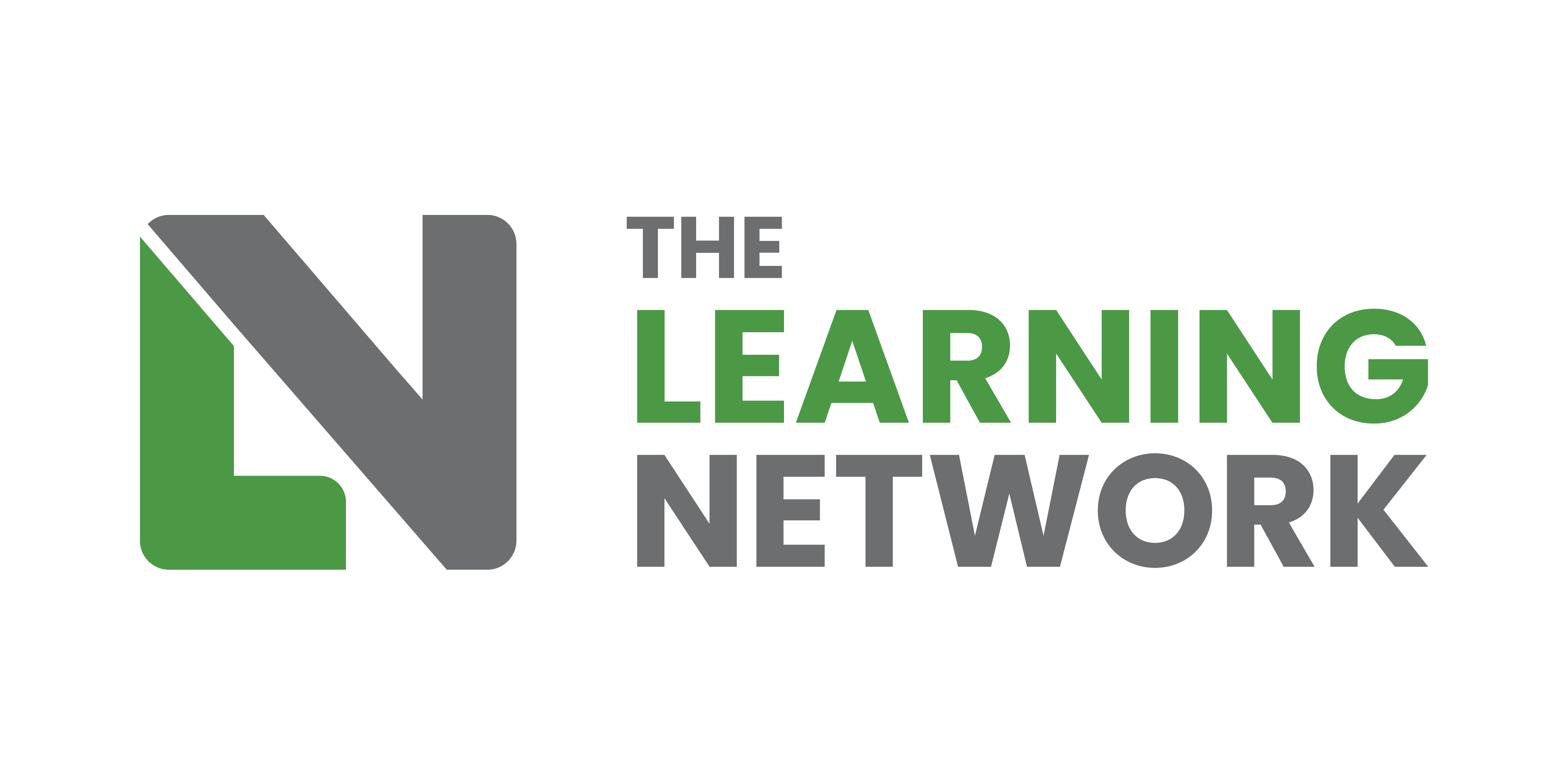By LN Member, Zoe Poulton
Why does workplace change still strike fear into the hearts of employees…and more importantly, what can we do about it?
It’s the eyeroll when you mention an upcoming change in your team meeting…
It’s the huge sigh that someone gives when they find out that a process is about to change, and they are going to have to learn new ways of working…
It’s the under-the-breath muttering of ‘here we go again’ (often accompanied by the eye roll)…
It’s the panic in the air feeling when you are waiting to find out if you have been ‘chosen’ to lead this particular change project…
I get it, workplace change is stressful…but does it need to be?
Hi, I’m Zoe, I’ve been leading through change for over 20 years, and in the last couple of years I’ve been teaching others how to successful and effectively lead through change through my change management training company, Glass Ripple Consulting.
Here’s the thing, change is constant. In our organisations, we are always going to be going through some sort of change – new technology, new processes, changes in policies, org restructures, office restructures, mergers, redundancies, new leadership… I could write this whole article on the different types of change…but I’ll spare you! Instead, let’s look at why change always feels so hard and stressful, and how we can ‘change’ that.
Let’s talk about how we can create an organisation that is ready for change, both today, and in the future…plus I’ll give you some ideas of what you can implement straight away in your workplace to help ease the change stress.
Some of the common ‘whys’ behind stressful change…
-
- Change is done ‘to us’ instead of ‘with us’
- Change is a surprise
- Change fatigue (the pure utter exhaustion felt around constant change
- We feel overwhelmed spinning all the plates/juggling all the balls/keeping our heads above water…just to keep BAU going, never mind this ‘change’ stuff
1. Change is ‘done to us ’instead of ‘with us’
If I had £1 for every time someone has told me that change is being done to them again…well, I’d be very rich and would be writing this lying on a beach with a glass of something cold in my hand…
This is one of the most common mistakes organisations make. Telling people about the change, instead of involving them in it. There a really good quote by Simon Sinek that sums this up perfectly:
“When people are financially invested, they want a return. When people are emotionally invested, they want to contribute”
(I love this so much it’s even on my company website www.glassrippleconsulting.com)
Another example for those of you who have small children in your lives – my mum actually passed this one onto me about her grandchildren (my nieces). Kids can often be picky eaters – but have you even tried involving them in the preparation and cooking?
In deciding what to make, how much to put on each plate, to set the table, call people in for dinner…what you’ll often find is that the resistance to eating the dinner falls away, because they’ve actively been involved in creating it and have been engaged and curious in the process. They’ve had their ideas of how much (add cooking ingredient here!) to put in, they’ve helped people come to sit and enjoy the meal, and yes, they’ve had praise for their efforts and the results (the hopefully delicious meal).
So why not approach change in the same way? Get people involved and do it early! A couple of ideas to start you off:
a) What’s important to them? By asking the question early, you’ll not only find out what benefits and outcomes matter to that stakeholder (individual or group), but the very act of asking highlights to them that you are interested in what they have to say and their perspectives, thoughts and opinions which starts to build trust and reciprocity.
b) Staff stories. Storytelling is an incredibly powerful way to create a narrative around change. So use your early adopters (those who jump up and down like the Duracell bunny to get involved) and get them to ‘test’the change. That could be testing new equipment, technology or processes, or even having a focus group style brainstorming session – then capture their experiences and present them to others.
Capturing could be in the form of short videos where they talk about what they think of the new system/process etc, it could be that they help out with workshops and communicating the change, or it could even be that they are one of the speakers about the change at a work event such as an away day or all hands catch up. Yes, we (as in you and I) can story tell, but it’s so much more powerful if it is communicated peer to peer.
2. Change is a surprise
Now this one goes hand in hand with No 1. We need to be communicating change, usually earlier than we think we do. Starting your engagement plan when the new system is plugged in? Too late.
The human brain doesn’t like surprises – it can kick us into a freeze, fight or flight
reaction – so introduce changes early…even better, introduce the IDEA of the change early and utilise all of the diversity of thought within your teams to create and plan for the most effective way to implement and embed the change.
Here’s an idea of how you could start…
Empower line managers. If you are leading your organisation through change, then the relationship you have with line managers is going to be worth its weight in gold. Let me tell you why…
Change is all about people – at Glass Ripple Consulting, our motto is ‘People before Process’ so we live and breathe the concept of putting people first.
Good line managers know their people inside and out. They know their ambitions, their aspirations, their motivations, their fears, their challenges, and importantly, their strengths and what makes them tick.
So empower your line managers to feed back to you things like, what is worrying their teams about the change; does someone in the group have a particular strength that would lend itself brilliantly to working as part of the change; what do they NEED to know; where is the resistance likely to come from, and HOW will that show up?
And then (and don’t miss this trick!), utilise the relationships already established between line managers and teams, to create effective 2-way communication and engagement, in the way that suits THEM (not your own preferences!).
3. Change Fatigue
At Glass Ripple Consulting, we affectionately call this the ‘hamster wheel of change’. Change fatigue often gets mixed up with change resistance, but it’s very different. Change fatigue is an exhaustion with change – it might be that there is too much change going on at the same time, or no embedding period between change initiatives, or it could be that a change project starts, then abruptly stops…only for another change to take its place.
There are so many reasons behind why this happens, but let’s focus on the last example – when a change project starts, then ends abruptly, only for another project to start before you can even catch your breath.
This often happens when the change has been initiated too quickly. In all of our training courses, we teach from our unique Analyse. Create. Embed. Change Management FrameworkTM and the first step, Analyse, is fundamental to successful change…but often organisations rush this stage to start the ‘doing’.
Analyse is all about recognising how the change initiative fits in with the longer-term organisational vision and objectives, and the overarching strategic plan. Recognising and working on this alignment can also help with prioritisation – it may be that you have a number of changes to put in place over the next 5 years, in order to hit organisational goals – and by taking time to consider all the elements within ‘analyse’, you can create an understanding of the order of the projects and how they relate to each other and the wider strategic plan…and then you can use this structure to communicate with your teams, so that you can complete aligned change initiatives, at the right time, increase buy in and reduce resistance…and stop the hamster wheel of change.
4. Overwhelm juggling change alongside Business as Usual
You know the eye roll we talked about at the start of this article? It’s often related to this! Our individuals and teams are busy. They work hard. They have their work objectives to complete, their teams to lead, their lives to balance. And then we go and add more to their plate by asking them to volunteer (or as we like to call it, voluntold) to lead change.
And there goes the eye roll (and the under the breath mutter).
But leading a change project doesn’t have to be this way. Here’s something you can do straight away: Build a change team around you.
It’s true what they say about a problem shared is a problem halved – doing change on your own is hard. Doing change whilst you are juggling BAU is even harder. Not only that, but it can nudge you towards overwhelm and burnout, which is what we DON’T want for any of our employees.
Change agents are volunteer roles that sit alongside BAU but the beauty of having people take on the role of change agents is that not only does it help you with the change workload, but it also utilises all of the tacit knowledge and experiences that individuals within the organisation have, as well as giving them the opportunity to choose to get involved in an area of the change that plays to their strengths. For example, if you have someone who enjoys and is good at facilitating meetings or workshops, then they would be an ideal person to facilitate workshops about change – analysis and mapping workshop where you are relying on the change agent to get everyone thinking, talking and working together.
By working with people’s strengths, not only are you getting the best out of them, but it increases their level of engagement and buy in, which then role models that for others – did you know that it’s actually possible to ‘catch’ emotions? Something to think about! Top tip – when you use change agents on a longer change project, one way of recognising their involvement and carving out time for them to work on the change alongside BAU is to speak to their line manager about writing in a change objective within their yearly objectives, so that when they do a great job, they get the formal recognition they deserve.
So there we have it – a whistle stop tour on how we can alleviate the fear associated with change, and some practical tools on how you can get started straight away! If you have loved learning a bit more about change, and it’s opened the floodgates to wanting to know more, then pop on over to our website, www.glassrippleconsulting.com or send me an email at zoe@glasrippleconsulting.com where I will happily talk to you about our core change management courses, The Change Leader, The Certified Change ManagerTM and The Change Agent.
Glass Ripple Consulting is a CPD accredited provider, and we work with organisations to support them in becoming change ready – now and in the future.
We will be exhibiting at the World of Learning Exhibition and Conference at the
Birmingham NEC on 8-9 October 24. We are at stand C270 – so if you are there,
please do pop over and say hello!



